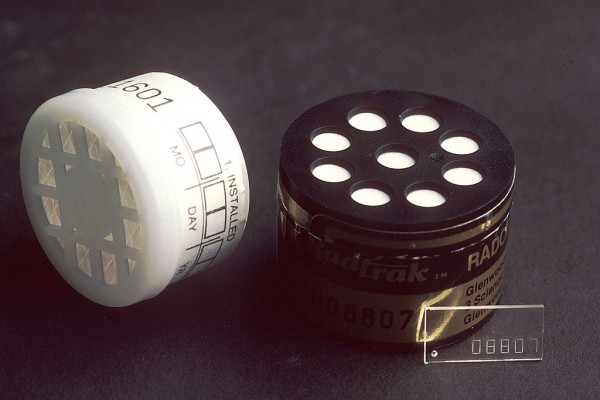
Levels of radon, a naturally occurring radioactive element, have been increasing in Pennsylvania homes since 2004, according to a study. The increase may be linked to fracking, a process to bring up more natural gas from wells in Pennsylvania that began around that time.
Radon is the second-leading cause of lung cancer worldwide, after smoking. It is found naturally in soil and water in some areas of the world and can seep from soil into buildings. Buildings in Pennsylvania have naturally high levels of radon, especially in the basement and first floor. Buildings in the state-mostly homes-are often tested for radon levels during real estate transactions and the results are reported to the Pennsylvania Department of Environmental Protection.
Researchers at the Johns Hopkins Bloomberg School of Public Health and the Geisinger Health System of Pennsylvania evaluated test results that had been submitted between 1987 and 2013. They evaluated associations between radon concentration and geology, water source, building characteristics, season, weather, and unconventional natural gas wells. These are fracking wells in which shale rock is broken apart to release natural gas, which is then forced out of the rock by pumping millions of gallons of water into it. Nearly 7,500 unconventional natural gas wells have been drilled in Pennsylvania between 2005 and 2013.
They found that higher radon levels were associated with buildings built over certain geological formations and with those that had well water. Lower levels were found in buildings in cities. Radon levels in the buildings that were tested multiple times showed that levels declined with time. Basement radon levels fluctuated from 1987 to 2003, but then started to rise from 2004 to 2012 in all counties in the state. There were higher radon levels seen in counties that had 100 or more unconventional gas wells compared to counties with no wells.
However, the researchers note that excess radon in homes may be radon that gets into well water through the fracking process, or through being released into the air near the gas wells, or that natural gas from fracking that is used in cooking and heating may contain more radon than conventional gas. Another possibility is that buildings have become more tightly sealed, leading to increased indoor radon levels. The state measured radon levels near 34 gas wells and did not show high levels of radon.
The study can be read at http://ehp.niehs.nih.gov/wp-content/uploads/advpub/2015/4/ehp.1409014.acco.pdf

